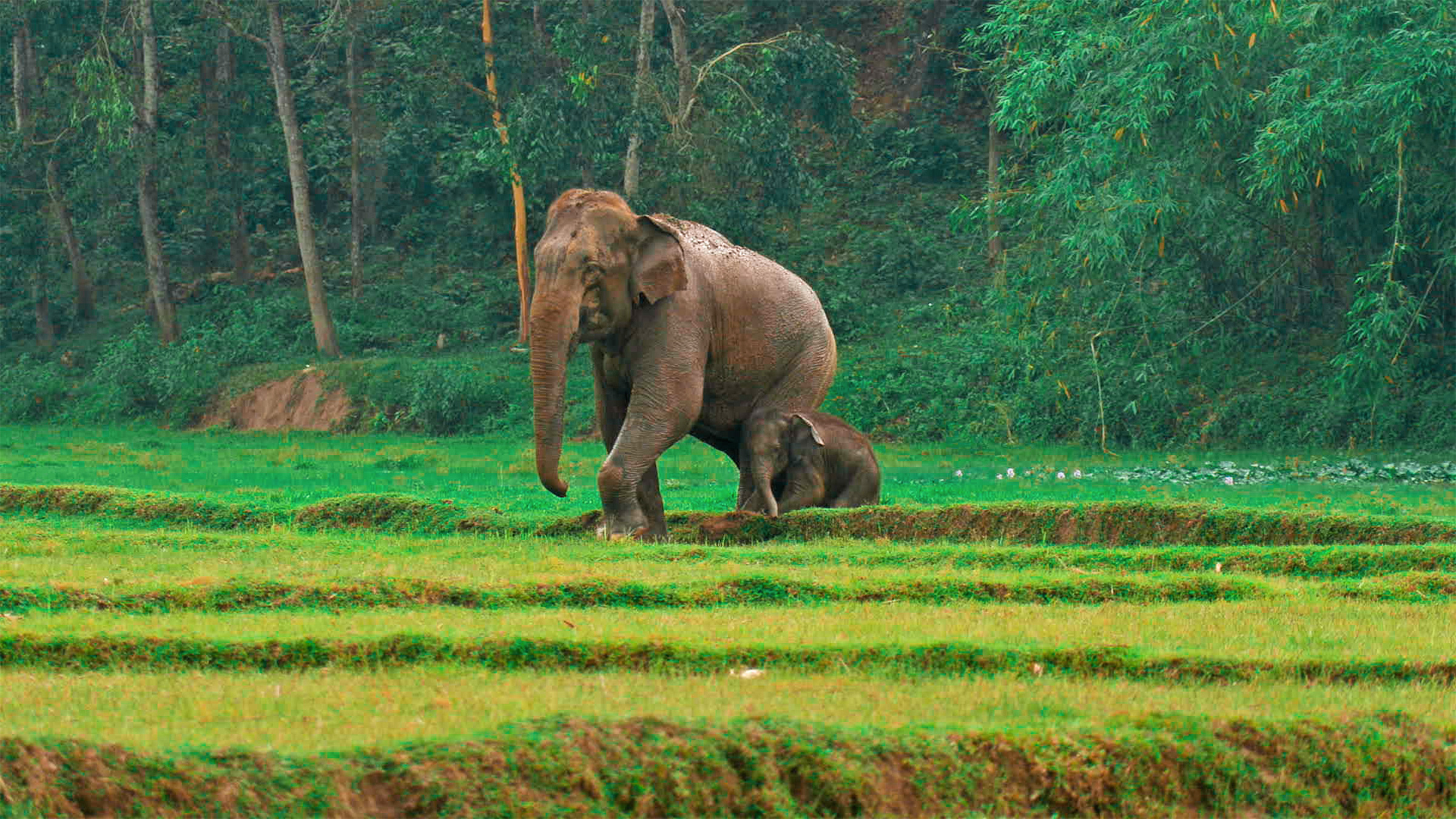Understanding the Need for Elephant Protection in Bangladesh
Elephants play a crucial role in maintaining the ecological balance of Bangladesh’s forests and wetlands. However, these majestic creatures face numerous threats, ranging from habitat loss and fragmentation to poaching and human-elephant conflicts.
The Vital Environmental Role of Elephants
Elephants are considered as landscape architects due to their role in shaping the environment. They create pathways, disperse seeds, and contribute to biodiversity by maintaining forest ecosystems. Additionally, elephants are vital for maintaining healthy habitats and supporting other wildlife species.
The Impact of Habitat Loss and Human Activities
Rapid deforestation and human encroachment into elephant habitats have led to increasing conflicts between elephants and local communities. This results in human deaths, crop damage, and retaliatory killings of elephants, endangering the already vulnerable population.
Conservation Efforts and Challenges
Conservation organizations and the government of Bangladesh have been implementing various strategies to protect elephants, including habitat preservation, creating corridors, and educating communities about peaceful coexistence with elephants. However, limited resources, lack of awareness, and the persistent demand for ivory pose significant challenges to the conservation efforts.
A Call for Sustainable Conservation Solutions
To ensure the long-term survival of elephants in Bangladesh, it is crucial to address the root causes of threats, involve local communities in conservation efforts, and enforce strict anti-poaching measures. Sustainable solutions that balance the needs of both elephants and people are essential for achieving effective elephant protection in the country.
The Challenges of Human-Elephant Conflict in Northeast Regions
Human-elephant conflict poses a significant challenge in Northeast regions, especially in areas where human settlements intersect with elephant habitats. This issue is multifaceted and demands urgent attention due to its severe implications on wildlife conservation efforts and human safety.
Elephants, while revered in many cultures, can cause extensive damage to crops and property when their natural habitats are encroached upon by human activities such as deforestation and agricultural expansion. This conflict often leads to retaliatory killings of elephants, further endangering an already vulnerable species.
Furthermore, the Northeast regions are home to diverse wildlife, including critically endangered species like the Asian elephant. The loss of these majestic creatures not only disrupts the ecosystem but also impacts local livelihoods that depend on a healthy environment.
To address these challenges, a holistic approach is essential, combining wildlife conservation efforts with sustainable development practices. This includes creating wildlife corridors, implementing early warning systems, and promoting community-based solutions that foster coexistence between humans and elephants.
By raising awareness about the complex nature of human-elephant conflict and involving local communities in conservation initiatives, we can mitigate these challenges and pave the way for a harmonious relationship between humans and elephants in the Northeast regions.
Government Strategies for Establishing Protected Areas
When it comes to preserving natural habitats and biodiversity, governments play a crucial role in establishing protected areas. Through a variety of strategies, governments can ensure the conservation and sustainable management of these vital ecosystems. From stringent legislation to community involvement, here are some effective strategies:
1. Designating Specific Areas
One key strategy is to identify and designate specific areas as protected zones. These areas can range from national parks to marine reserves, providing a safe haven for unique flora and fauna.
2. Engaging Local Communities
Effective engagement with local communities is essential for the success of protected areas. By involving stakeholders in decision-making processes, governments can foster a sense of ownership and ensure the long-term sustainability of these areas.
3. Implementing Monitoring Programs
Monitoring programs are crucial for assessing the effectiveness of protected areas. Governments need to establish monitoring systems to track changes in biodiversity, ecosystems, and threats to these areas.
4. Enforcing Regulations
Strong enforcement of regulations is vital for the protection of these areas. Governments must implement laws against illegal activities such as poaching, logging, and habitat destruction to safeguard the integrity of protected zones.
5. Promoting Education and Awareness
Educating the public about the importance of protected areas is key to garnering support and ensuring compliance. Governments can launch awareness campaigns and educational programs to instill a sense of responsibility and stewardship among citizens.
Benefits of Conservation Efforts for Wildlife and Local Communities
Breaking Down the Headlines
Conservation efforts aimed at protecting wildlife and habitats also yield significant benefits for local communities. While news often covers the conservation impact on biodiversity, the positive outcomes for communities living in proximity to these efforts should not be underestimated.
The Bigger Picture
Conservation initiatives not only preserve endangered species and ecosystems but also contribute to local economies through ecotourism, job creation in conservation-related fields, and sustainable resource management. Additionally, by safeguarding natural environments, communities often experience improved water quality, increased crop yields, and protection from natural disasters.
What This Means Going Forward
Looking ahead, continued investment in conservation efforts can lead to long-term benefits for both wildlife and local communities. Strengthening these initiatives can foster community development, enhance biodiversity, and create a more sustainable future where humans and wildlife thrive together in balanced ecosystems.
